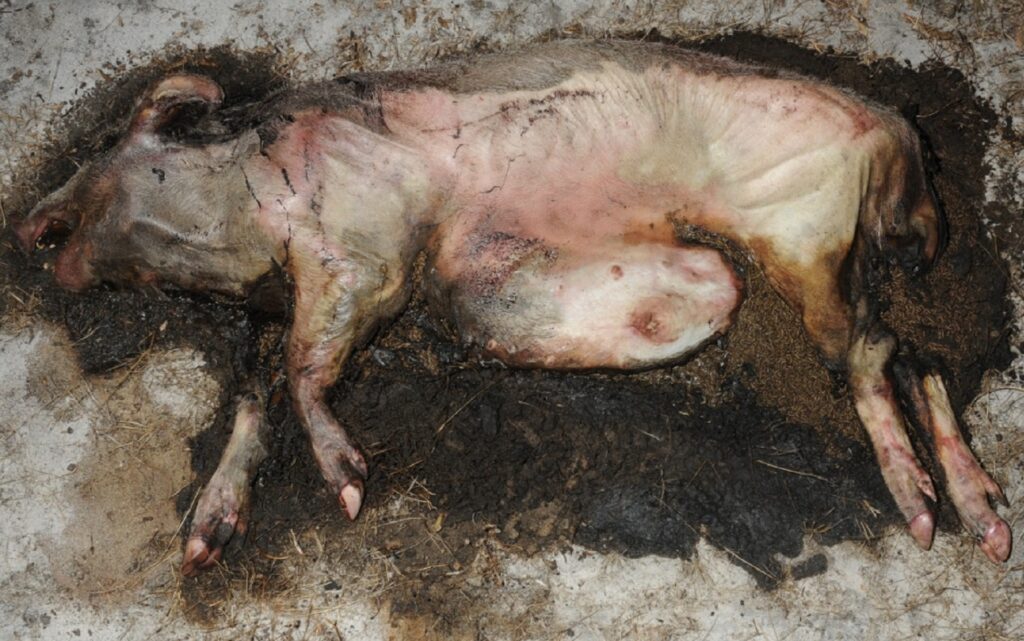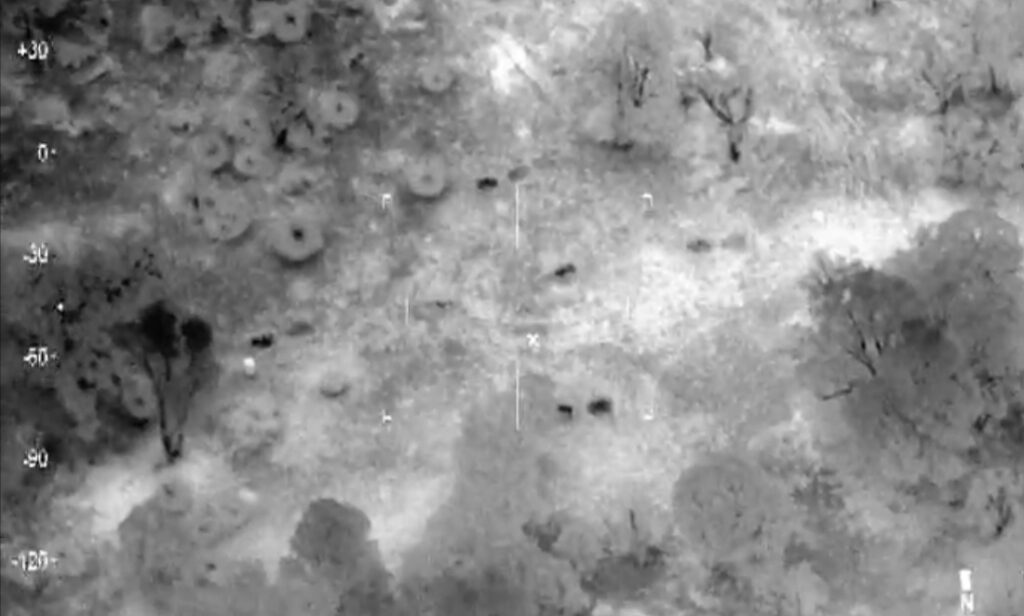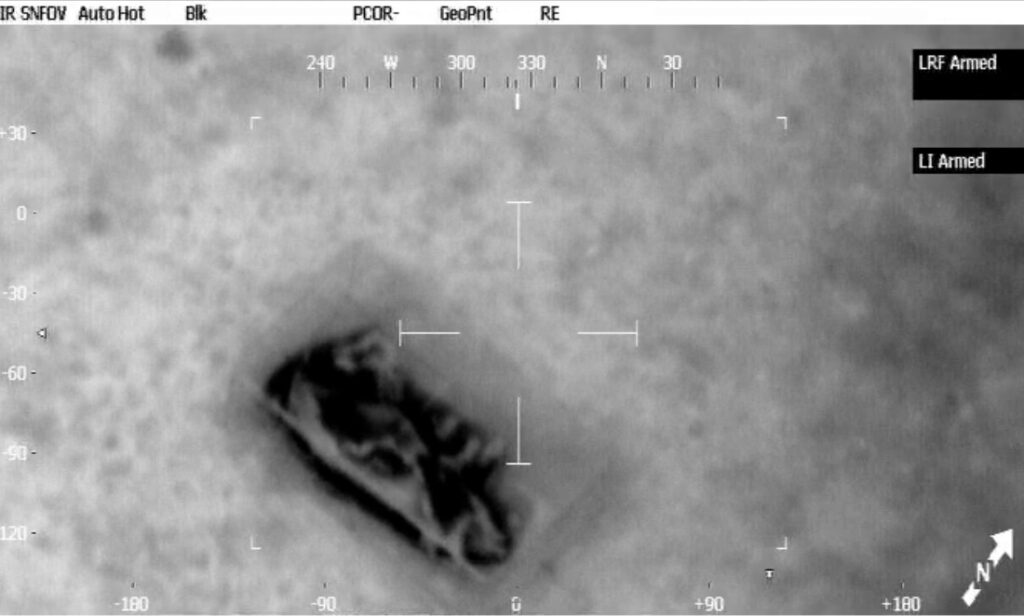A dead body, left out in the open, takes only a few hours to reach the same temperature as its surroundings.
But within a few days, things start to heat up again. So hot, in fact, that WA Police researchers figured out how to detect these bodies from their sudden warmth.
Using a helicopter equipped with an infrared (IR) camera, they found that they could spot bodies from a kilometre away.
The culprit for this mysterious reheating? Maggots.
“When thousands of maggots group together, they form larval aggregations, and these can generate a lot of heat,” says Senior Constable Mike Lee, Forensic Investigation Officer with WA Police.
“It was pretty clear. When you compared the IR images with actual photos, you could see that it was the larval aggregations that were visible in the IR image. A lot of the time, the carcasses weren’t detectable, but the insects were.”
The grisly backstory
Mike developed this new body-spotting technique while studying for a master’s degree in forensic science at UWA.
“The idea had been around for a while, but it had never been done as a full study before,” Mike says.
Mike’s study involved getting simulated corpses—in this case, pig carcasses—and dropping them in a UWA research site south of Perth. Then, for 50 nights afterwards, Mike would go out to the site, observing insect activity and taking temperature measurements. Meanwhile, the Police helicopter would try to spot their simulated victims from the sky.
“We did two trials in different seasons,” says Mike.
“The larval aggregations got to about 8 or 9 degrees warmer than their surroundings, so in summer, they got up to 40 degrees.”

Mike’s study involved getting simulated corpses—in this case, pig carcasses—and dropping them in a UWA research site south of Perth.
A ghost in the soil
But this story gets even stranger.
It turns out hotspots from where a corpse once laid can still be seen by the IR camera even after the body has gone.
“One night, during the second trial, the helicopter was flying over the site looking for a buried pig that I had placed in the area some weeks earlier. The helicopter didn’t find the buried pig, but unexpectedly they did find what I would call warm spots. It was a blind test, so there was no bias, and these warm spots turned out to be where the pigs from the earlier trial had been,” Mike says.
The reasons for this are still a bit of a mystery. The most likely—and perhaps most gruesome—explanation is that greasy, decomposing liquids from the carcasses leached into the soil below, changing the emissivity of the soil, which is the way that it absorbs, emits and reflects heat.

“With a lot of things in forensic science, there are lots of ideas for things that we would like to find out but not enough students to test them,” Mike says.
“There are a lot of things in the forensic world that just haven’t been tested yet.”
Thanks to Mike and his team—and a few thousand of their creepy crawly friends—this one finally has.











